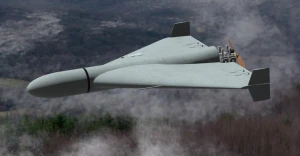
"Boyko Towers": What are they, how Ukraine regained control, and why they matter in the Black Sea
After eight years of occupation, Ukraine has regained control of the so-called Boyko Towers – drilling gas platforms in the Black Sea. What is the unique significance of their location and how might this development impact the ongoing war?
Espreso delves into what the term "Boyko Towers" refers to, their importance for Ukraine, and the story behind their name.
What is covered in this article
- What are Boyko Towers and why are they important?
- The controversial history and naming of the towers
- How Russia captured these valuable assets
- Platforms "Petro Hodovanets" and "Ukraine": their status amidst a full-scale invasion
- The return of Boyko Towers to Ukrainian control
What are Boyko Towers, and why are they important for Ukraine?
Drilling gas platforms in the Black Sea are crucial for Ukraine's strategic, economic, and security interests, as well as for the Russian occupants. They allow for control of the sea and air situation in the southern region.
Before the occupation, these platforms were situated about 100 kilometers from mainland Ukraine and over 150 kilometers from Crimea. There are two platforms: B312, known as "Petro Hodovanets," built in 2010, and B319, known as "Ukraina" or "Nezalezhnist," built in 2012. They were meant to increase natural gas and oil production after discovering new fields in the Black Sea.
The Boyko Towers are more than just hydrocarbon extraction stations; they hold strategic significance. They serve various purposes such as a reconnaissance base, refueling station, helicopter landing pad, ammunition storage, and even a site for deploying long-range missile systems. These towers played a vital role in controlling Zmiinyi Island, Crimea, and monitoring the Black Sea waters.
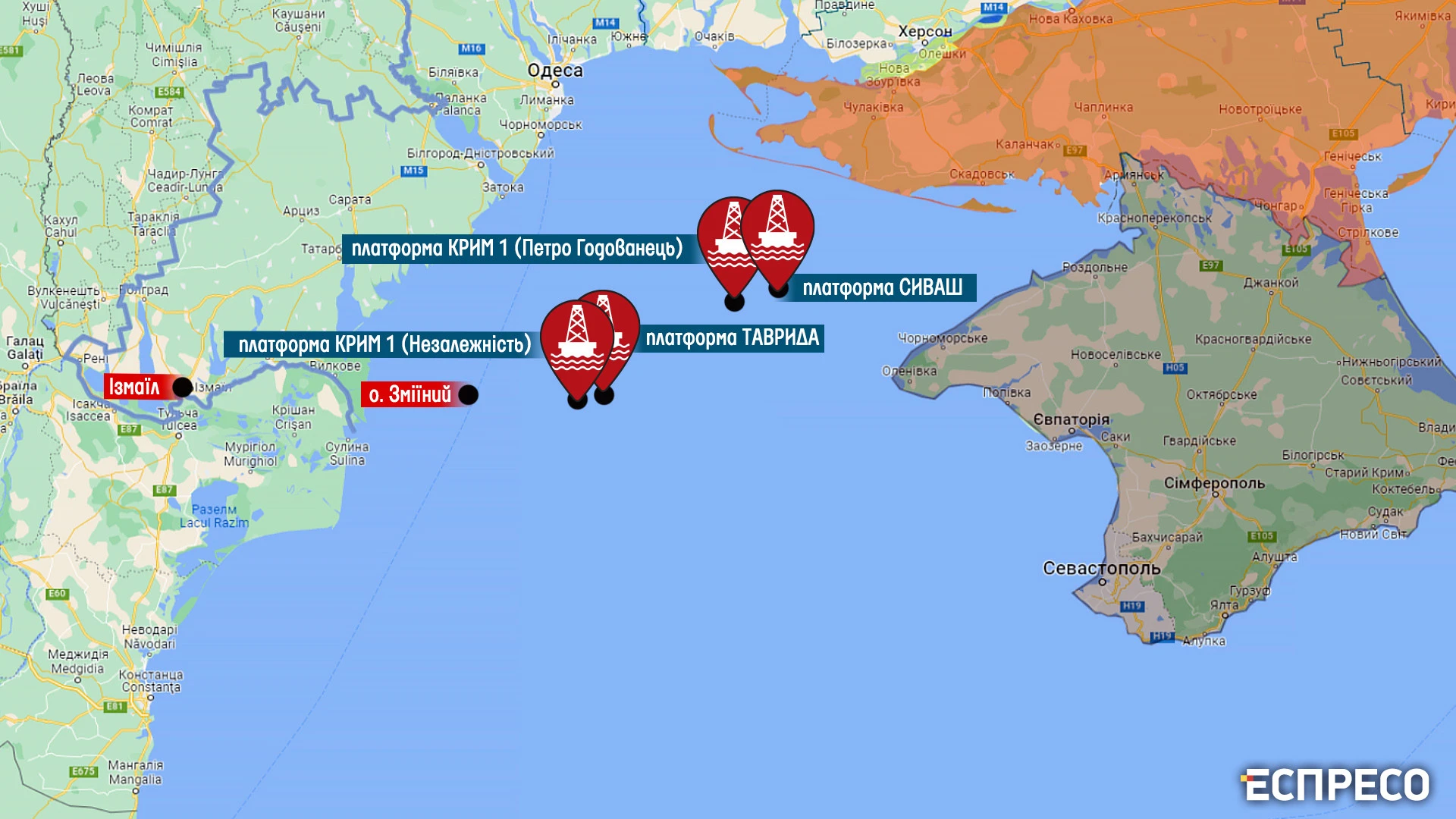
The controversial story of Boyko Towers
Back then, the tale of how these offshore drilling rigs came into existence and earned the nickname "Boyko Towers" caused quite a stir and raised significant public outrage. This was due to allegations of the misappropriation of millions of dollars in public funds. From that point on, this incident became widely known in the media as the "Boyko Towers" scandal.
During Yuriy Boyko's time as the head of Ukraine's Ministry of Energy in 2011, the state-controlled Chornomornaftogaz, a subsidiary of Naftogaz of Ukraine, acquired an offshore platform from a Singaporean manufacturer. However, this purchase was not made directly from the manufacturer; instead, it went through an intermediary, the British company "Highway Investments Processing." This transaction amounted to $400 million, which was $150 million more than the manufacturer's price. Similarly, the second drilling rig was purchased through the intermediary "Riga Shipyard" with a similar overpayment.
Later, in 2014, the Prosecutor General's Office of Ukraine initiated a criminal case regarding the alleged misuse of state funds exceeding $300 million by unknown individuals acting on behalf of DJSC Chornomornaftogaz officials. This offense was categorized as a violation of Part 5 of Article 191 of the Ukrainian Criminal Code, which pertains to the illegal acquisition of property through the abuse of official position on a large scale or by an organized group. Suspicions primarily revolved around figures like Yanukovych, Bakulin, Arbuzov, as well as various individuals associated with Naftogaz and others.
The case materials revealed significant breaches in the tender procedures used for procurement. Yuri Boyko himself provided witness testimony in 2015. Additionally, in the same year, a separate case emerged concerning the alleged misappropriation of $60 million for the purchase of tugboats to transport these towers. However, the cases lack a clear resolution, as many of the individuals involved had left Ukraine long ago, leaving these matters without a definitive conclusion.
Pirate tactics: How Russia captured these valuable offshore facilities
Following the annexation of Crimea, Russia launched a series of aggressive operations in the Black Sea. On March 19, 2014, Ukraine's Minister of Energy at the time, Yuriy Prodan, revealed that a group of armed individuals had unlawfully seized drilling facilities belonging to the prominent Ukrainian company Chornomornaftogaz, including these rigs.
Investigations by the international community group InformNapalm shed light on the illicit takeover of two self-elevating floating drilling rigs. These investigations pointed to the involvement of soldiers from the 104th Airborne Assault Regiment of the 76th Division of the Russian Air Force.
In 2015, Ukraine's State Border Service probed reports regarding the movement of the Petro Hodovanets and Ukraina platforms. During this investigation, it was uncovered that these installations had been removed from Ukraine's mainland and transported under convoy to the Golitsynsky field in the Karkinit Bay of the Crimean Peninsula.
Subsequently, it was revealed that the Russians had deactivated the transponders on these platforms, which transmit vessel data via radio. These captured Ukrainian oil and gas platforms on the Black Sea shelf were then converted into military assets, equipped with radio-technical intelligence systems that allowed them to closely monitor maritime traffic through Ukrainian seaports.
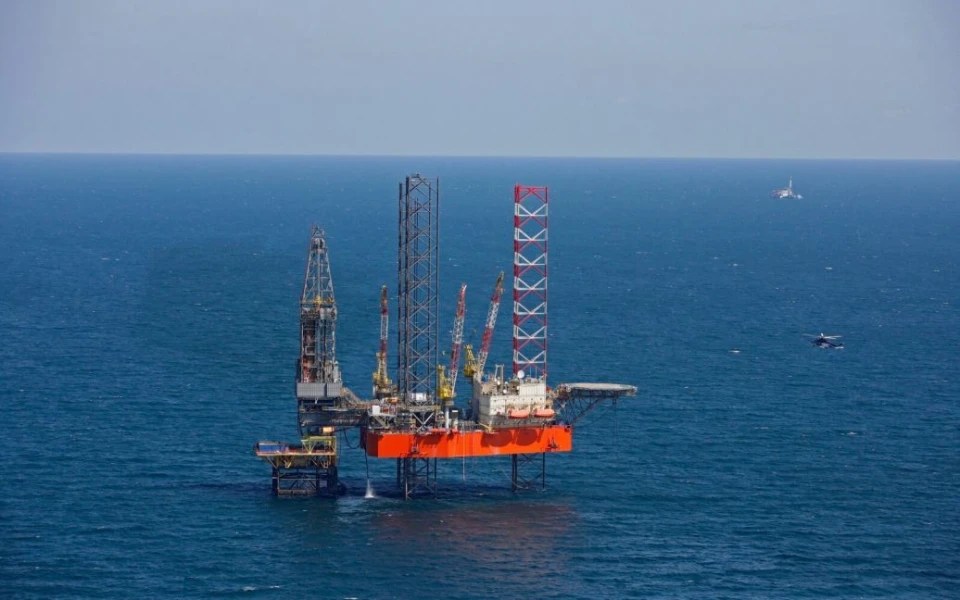
Photo: Krym.Realii
Petro Hodovanets and Ukraina platforms during full-scale invasion
On June 20, 2022, it seems that the Ukrainian military fired missiles at the drilling platforms. Ukrainian lawmaker Oleksiy Honcharenko shared this information on his Telegram channel. The evidence for this incident can be seen in images from NASA.
While these drilling platforms were located in Ukraine's exclusive economic zone in the sea, the area is known to be risky due to the gas and condensate deposits. Natalia Humeniuk, OC South spokesperson, explained during a telethon that "Gas condensate fields are dangerous because using weapons there can lead to significant consequences. This is why there were more talks, threats, and maneuvers, but there were no actual firefights due to the risks involved."
The "Boyko Towers" back under Ukrainian control
On September 11, 2023, Ukraine regained control of the Petro Hodovanets, Ukraina, Tavryda, and Syvash platforms after eight years of occupation, as reported by the Main Intelligence Directorate.
The GUR press service provided insights into the classified special operation and shared exclusive footage of the battle. Despite challenging sea conditions, the operatives successfully achieved their objective: they secured the area, dismantled all reconnaissance equipment on the towers, including the Niva radar station that monitored Black Sea activities. Additionally, the team seized a cache of unguided aircraft missiles discovered in the engine room.
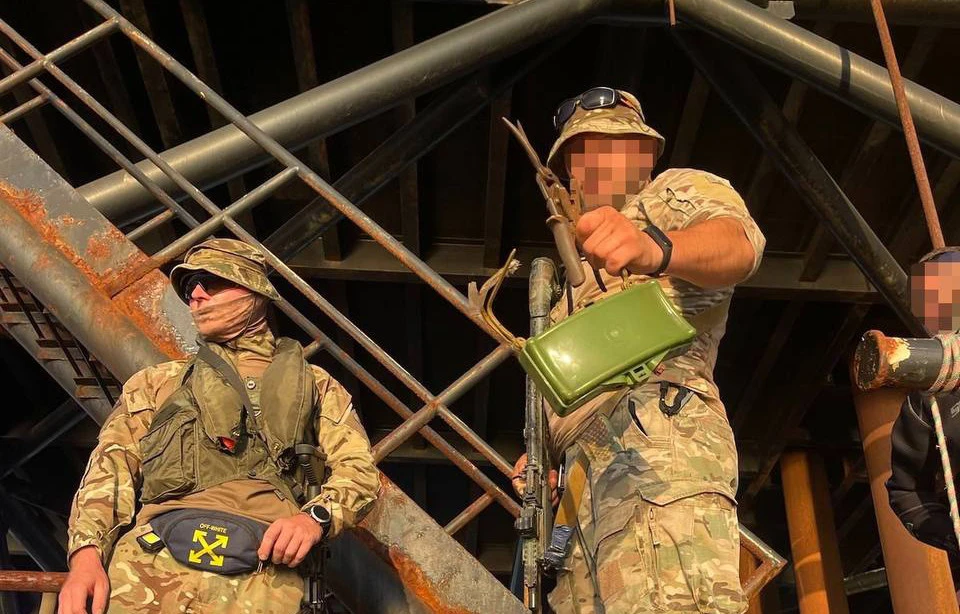
Photo: The Main Intelligence Directorate
The operation was carried out in multiple stages, with scouts utilizing high-speed rubber boats to reach the station. During one of the missions, special forces engaged in combat with an enemy Su-30 fighter. Our soldiers employed all available weaponry, including MANPADS, to down the enemy aircraft, forcing it to retreat.
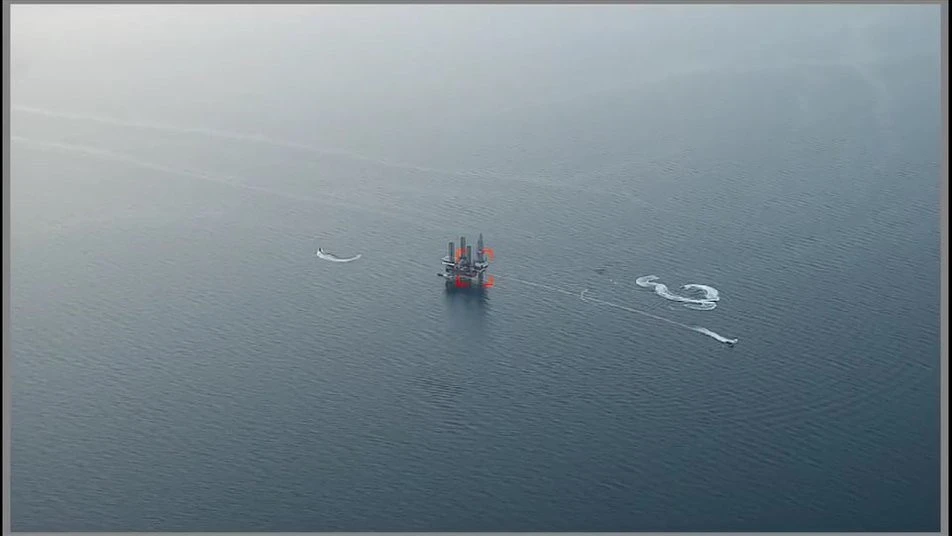
Photo: The Main Intelligence Directorate
During the water battle, one special forces operative with the call sign “Conon" fell overboard. It took two hours, with the assistance of a drone, to locate and rescue him. Due to ongoing maneuvers by the Russian military, immediate extraction from the water was not possible. Remarkably, "Conon" endured more than 14 hours at sea, showcasing tremendous strength and resilience.
According to the GUR, Russia's grip on the grain corridor is slipping further, while Ukraine is taking measured yet significant steps toward Crimea's return and our ultimate victory!
- News










